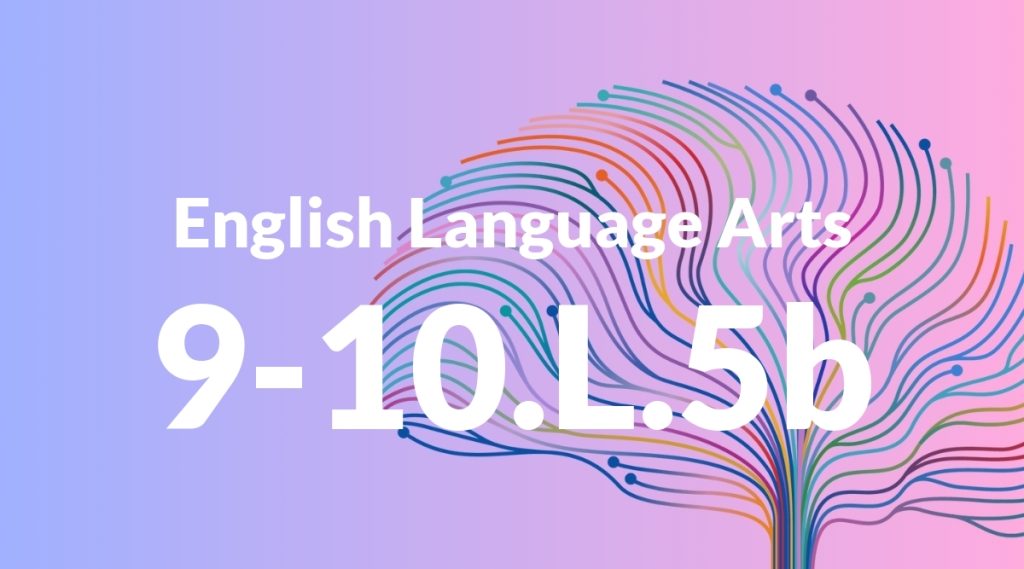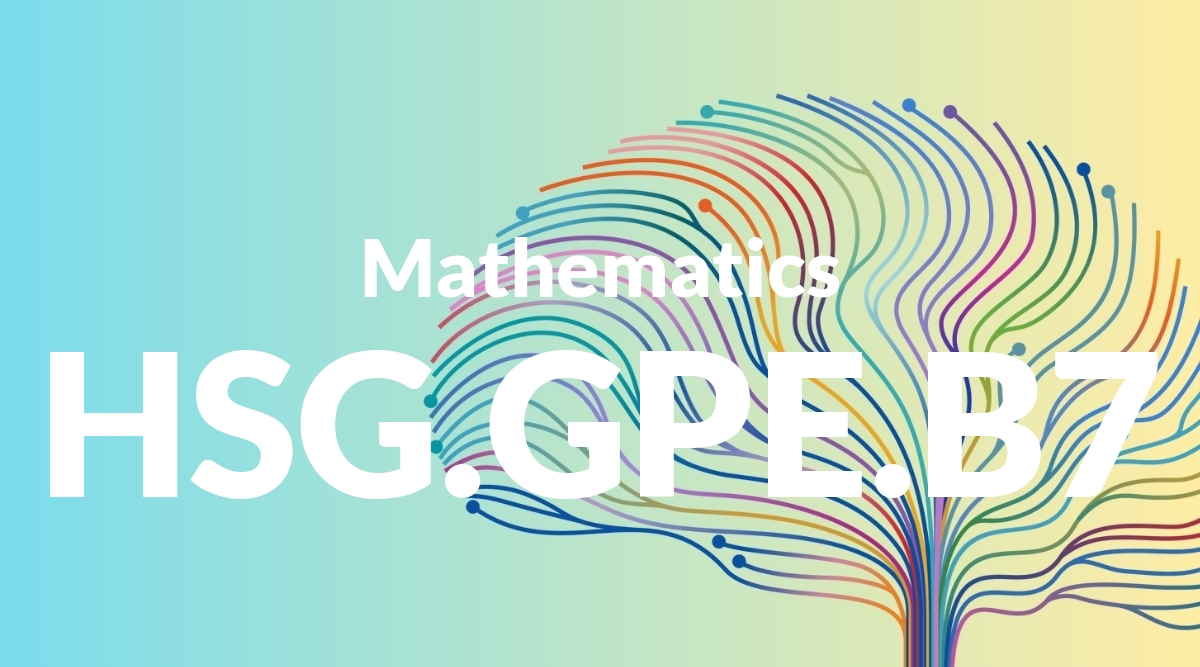Standard: 9-10.L.5b – Analyze nuances in the meaning of words with similar denotations.
Grade level: Grade 9-10
Subject: English Language Arts
Domain: Language
Teacher Overview
This standard emphasizes the importance of understanding the subtle differences in meaning between words that have similar denotations. This skill is crucial for effective communication and interpretation of texts, as it allows students to appreciate the richness of language and the impact of word choice. Before tackling this standard, students should understand the concepts of denotation and connotation, and be familiar with identifying synonyms and antonyms.
Mastering this standard will enable students to apply nuanced word analysis in their writing and reading, enhancing their ability to communicate effectively and interpret complex texts.
Common Misconception 1
One common misconception is that words with similar denotations are always interchangeable. This is incorrect because words with similar denotations often carry different connotations and subtle differences in meaning that can change the nuance of a sentence.
Intervention 1
To address this misconception, provide students with exercises that emphasize the subtle differences between synonyms. For example, comparing ‘happy’ and ‘joyful’ in different contexts to highlight how each word’s nuance affects the overall meaning.
Common Misconception 2
Another misconception is that nuances in word meanings are not important in everyday communication. This is incorrect because the choice of words can significantly impact the clarity and effectiveness of communication.
Intervention 2
To remediate this, present students with real-world examples where word choice matters, such as in legal documents, political speeches, or marketing materials. Discuss how different word choices can alter the message and its impact.
Prerequisite Knowledge
Students should have a basic understanding of denotation and connotation, and be able to identify and understand synonyms and antonyms.
Subsequent Knowledge
After mastering this standard, students will be able to apply nuanced word analysis to enhance their writing, interpret complex texts more effectively, and appreciate the subtleties of language in various contexts.
Instructional Activities
- Compare and contrast synonyms in different contexts
- Analyze word choice in poetry and literature
- Create a word map to explore connotations of similar words
- Role-play scenarios where word choice affects the outcome
- Write short essays using different synonyms to see how word choice changes the tone




